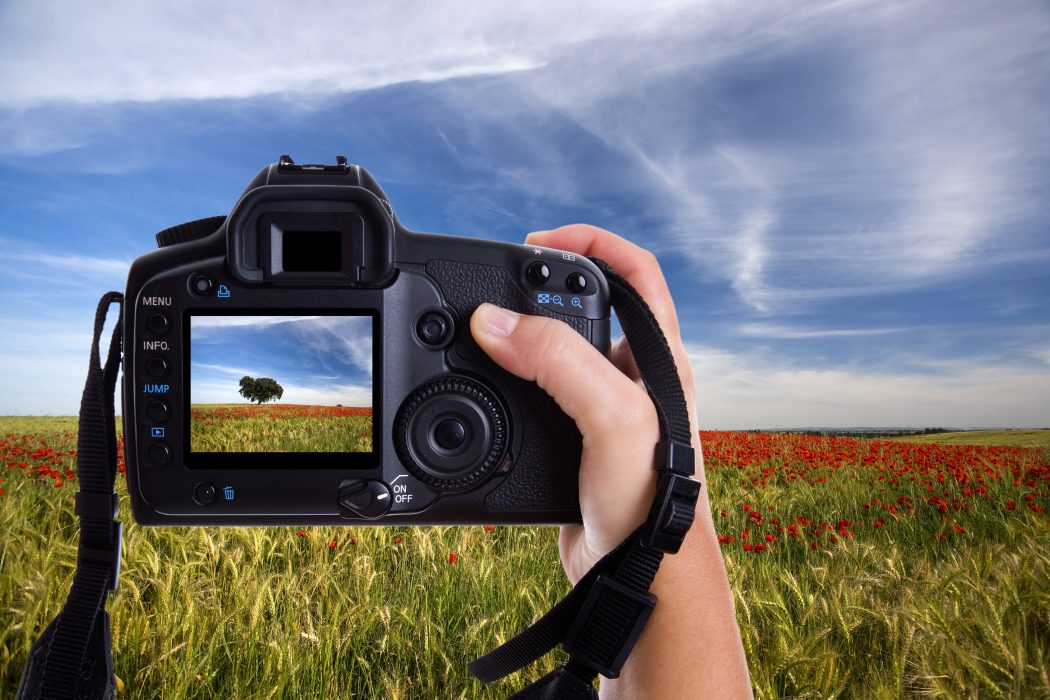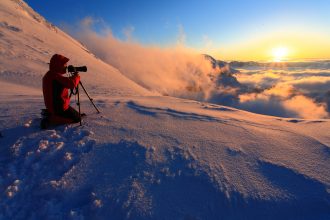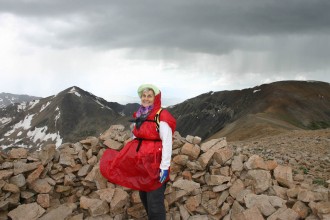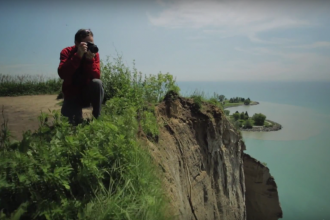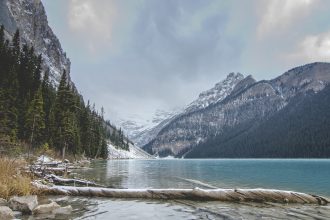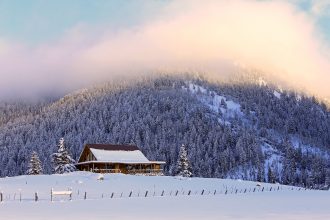It’s so easy to get carried away when you are face-to-face with a stunning view, and it might be easy to forget composition when you’re completely surrounded by natural beauty. Unfortunately, you’ll get home later to find that although the images are generically beautiful, they are visually uninteresting – they lack depth and focus, throwing the viewer off balance without providing a place for the eyes to rest. Below is a cheat sheet of tips to remember when you are composing landscape photography, to make sure you end up with something worth looking at, again and again.
Take advantage of magic hour

Photo by Ales Krivec/Shutterstock
Magic hour, also known as the golden hours, happens when the light is just right—drawing long shadows, creating brilliant contrasts, and making everything look softer and more aesthetically pleasing—a short time before the sun rises above the horizon and again just as it sets. You might have to get up really early to capture the beauty of dawn, or arrive an hour in advance to set up the shot so you’re ready as soon as magic hour begins, but it will be worth it. Photographs taken during the golden hours tend to turn out really well, even with little effort. Just like, well, magic!
Find your focus

Photo by FooTToo/Shutterstock
One of the worst mistakes photographers can make is not providing a focal point. Without a focus, the viewer’s eyes will wander without aim, not stopping long enough to appreciate the scenery. When setting up your shot, think about what you want to focus on and where you want the focus to be in the frame. Try placing your focal point in the foreground to draw the viewer in and create a nice sense of depth.
Use a wide-angle lens
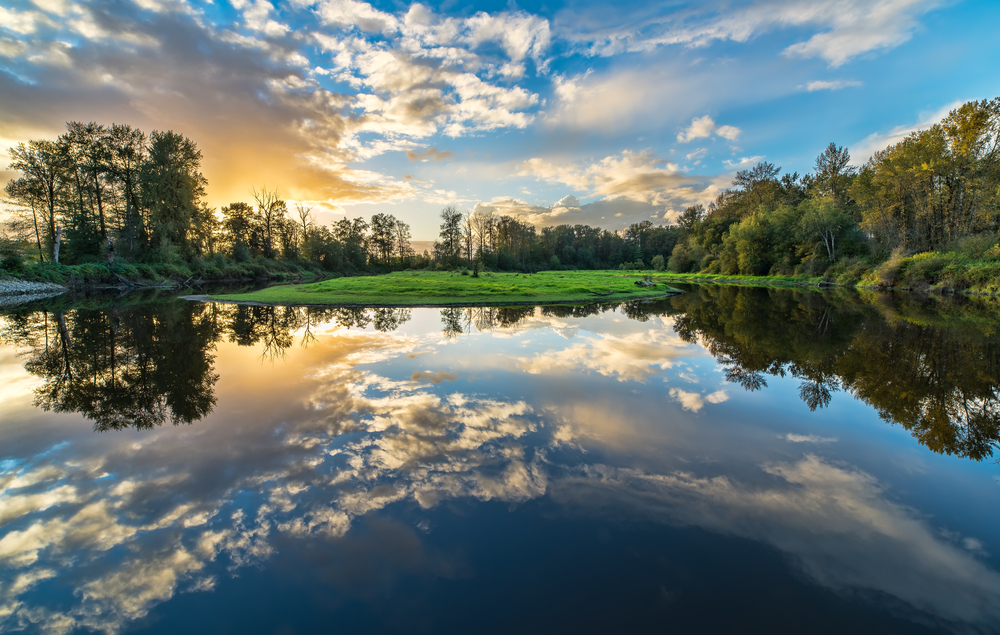
Photo by James Wheeler/Shutterstock
If you want to capture sweeping vistas, undulating hills, and distant mountain peaks, you should consider using a wide-angle lens, like the EF-S 24mm f/2.8 STM. The lightweight lens has specialized coating on the lens elements to reduce ghosting and flare and also includes a 7-blade circular aperture that provides great out-focus detail. You can use the lens supplied with your SLR, but to capture beautiful landscapes you’re going to want a lens that captures more in your frame. A fixed focal-length wide-angle lens offers sharper results and decreases the risk of distortion.
Remember the rule of thirds

Photo by View Apart/Shutterstock
The rule of thirds is the first rule for all types of photography. Basically, when framing your shot, break down the scenery into thirds using three horizontal lines and three vertical lines, and then place key elements on the thirds lines and at intersecting points. For example, keep the sky in the top third of the image, and line up any trees along the vertical thirds. Your image will be more balanced and it will be easier for your viewer to find focus. Also, understanding the rule of thirds means that you will know if and when you are faced with a shot that requires you to break it.
Provide diagonal lines and geometric shapes

Photo by Claudio Giovanni Colombo/Shutterstock
Understanding how to lead the viewer into your image will help you create more successful compositions. As mentioned above, placing the focus point in the foreground can draw in the eye; however, another successful method is to provide a series of lines or geometric shapes that will move the eyes around the image. Lines create depth and scale, while also providing a more interesting composition. Another effective way to draw the eye and create a more balanced composition is to place key aspects of the landscape on points of a geometric shape. If you can figure out a way to use diagonal lines and geometric shapes, you’ll be unstoppable!
Locate your horizon

Photo by FooTToo/Shutterstock
This is one of the original tips for landscape photography. Your photo will look a lot better if your horizon line is straight; easy to remember, but also easy to forget. Although the rule of thirds (see above) calls for the horizon to be placed on one of the thirds lines—as opposed to directly in the middle—if your image is especially arresting, or your landscape is unusual, you’ll find that experimenting with your horizon line (while still keeping it straight, of course) will result in an interesting diversity of compositions.
Also on RNR:

